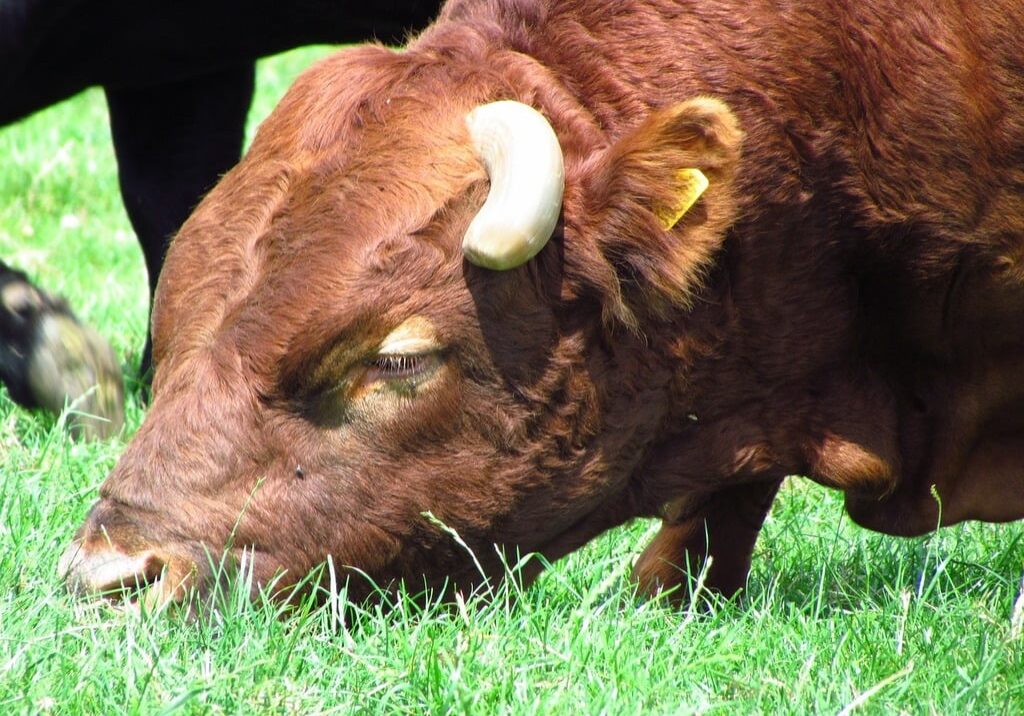Montana Confirms 14th Brucellosis Case in Beaverhead County Bull
Case marks ongoing challenge from Greater Yellowstone elk herds
By Staff Writer
Aug 22, 2025
HELENA, MT — The Montana Department of Livestock confirmed Friday that a bull from a Beaverhead County ranch tested positive for brucellosis, marking the 14th case of the reproductive disease detected in the state since 2010.
The infected animal was identified during required testing at a livestock market in late July and was subsequently euthanized. Tissue samples sent to the USDA’s National Veterinary Services Laboratory in Iowa confirmed the presence of Brucella abortus, the bacteria that causes the disease.
The affected herd has been placed under quarantine while the Department of Livestock conducts an epidemiological investigation to trace animal contacts and movements.
“While detections of brucellosis are a hardship on operations, this detection is still a reflection of the success of our state brucellosis program,” said Dr. Brenee Peterson, a Department of Livestock veterinarian. “Through the work of DSA producers and local veterinarians, we continue to detect the disease early and prevent the export of a brucellosis infected animal to one of our trading partners.”
Disease Spreads from Wild Elk
Brucellosis causes reproductive problems in livestock, including abortions, stillbirths and neonatal deaths. DNA genotyping and epidemiological investigations have determined that all 13 previous infections since 2010 came from wild elk in the Greater Yellowstone Area.
The Beaverhead County ranch operates within Montana’s Designated Surveillance Area, a region established due to the risk of disease spillover from infected wildlife. Mandatory testing requirements in the DSA help ensure cases are detected before animals leave the area.
The surveillance program provides confidence to Montana’s trading partners that cattle they receive from the state are brucellosis-free, protecting the state’s valuable livestock industry.
Early Detection System
The positive bull was flagged as a brucellosis suspect during routine market testing and taken to the Montana Veterinary Diagnostic Laboratory for necropsy. Laboratory technicians were able to grow the Brucella abortus organism from lymph node tissue collected from the animal.
Previous investigations have confirmed that brucellosis has not spread to neighboring herds through fence-line contact, according to the Department of Livestock.
The most recent detection before this case occurred in Madison County in April 2023, also within the designated surveillance area.
The Department of Livestock will work with the affected operation to minimize the impact of the diagnosis through what officials describe as a tailored and focused investigation.
Categories: Environment
Don’t miss the week’s top Montana stories
Join readers across Montana who rely on WMN for independent reporting.
Unsubscribe anytime. Want to support WMN? Upgrade for $4/month →





